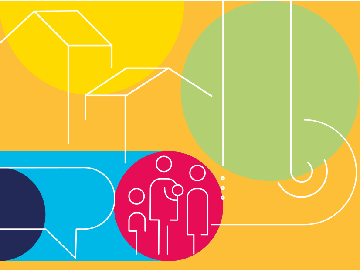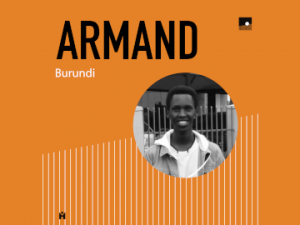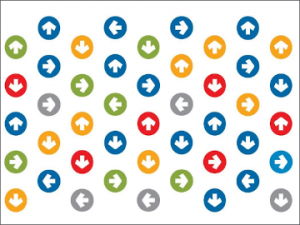EU countries moving too slow to fill the gaps in their refugee integration policies, new study shows
15. 7. 2020 | Human Rights and Minorities

The second edition of an EU-funded study shows that since 2017, only piecemeal progress was made towards high standards in refugee integration across Europe. EU member states still present a jigsaw of incomplete policies and laws, failing to provide comparable access to long-termintegration in different countries.

The study presents a comparative, indicator-based assessment of the refugee integration frameworks in 14 countries as of 2019: Bulgaria, Czechia, France, Greece, Hungary, Italy, Latvia, Lithuania, the Netherlands, Poland, Romania, Slovenia, Spain and Sweden.
Following standards set by EU and international law, the monitoring report written for the “National Integration Evaluation Mechanism (NIEM)” provides concrete ways of how governments can better respond to the challenges of refugee integration, make use of existing good practices and harmonise their policies.
“This research provides governments and decision-makers with a tool to easily identify gaps in the legal and policy framework of their country, learn from what is being done in other EU member states and take steps to improve refugee integration”, says Carmine Conte, Legal Analyst of the Migration Policy Group and one of the report’s coordinating researchers. “The 120 indicators assessed in the new report can be seen as a roadmap towards a comprehensive refugee integration policy. With our outreach to authorities, civil society and experts in each of the participating countries, the results will stimulate debate and help to develop evidence-based policies.”
The key findings include:
- Few changes occurred since 2017. The widest gaps remain in the policies that support integration and multi-stakeholder collaborations. Countries are better in ensuring access to rights and an adequate legal framework.
- Countries that had the strongest positive change across all areas are France and Lithuania, followed by Latvia and Slovenia. Countries that slipped back include Romania, Italy and Hungary.
- The areas with the strongest positive dynamics between 2017 and 2019 include employment, health and education. Sectors which saw the highest number of countries deteriorating are residency, housing and health.
- Inequalities between recognised refugees and beneficiaries of subsidiary protection do not narrow, leading to barriers to integration related to family unity, permanent residence and access to citizenship.
- The exception among EU governments is to work in partnership with civil society, local or regional authorities and refugees themselves when developing and implementing policies.
- Countries only reluctantly provide early support for asylum seekers. Language learning, social orientation, vocational training and employment are areas of missed opportunities for a head start into integration in most countries.
NOTES TO THE EDITORS
- The report “The European benchmark for refugee integration: A comparative analysis of the National Integration Evaluation Mechanism in 14 EU countries – Evaluation 1” can be found here.
- The report “The European benchmark for refugee integration. Baseline Report 2019” can be found here.
- Project “National Integration Evaluation Mechanism (NIEM)” is co-financed from the Polish National Programme of the Asylum, Migration and Integration Fund”.
- Co-authors of the report are Carmine Conte, Thomas Huddleston and Alexander Wolffhardt of the Migration Policy Group (MPG), Brussels.
- Research was conducted in 14 countries by civil society and university partners of NIEM.
- For further information on country results for Slovenia, contact Maja Ladić, Peace Institute at ladic@mirovni-institut.si or +38612347720.
- For further information on the European comparative results, contact Hind Sharif, Migration Policy Group, at hsharif@migpolgroup.com or at +32493142012.
- For further information on the NIEM project, contact Institute of Public Affairs.






